Tachycardia is a term for too fast heart rate, more precisely, heart rate at rest, which is above what is deemed as normal value. In adults, the normal heart rate at rest is between 60 and 100 beats per minute, and all people whose heart rate at rest is over 100 bpm are said to suffer from tachycardia.
This is a dangerous condition as it increases wear and tear of the heart, decreases blood pumping efficacy and thus the transport of oxygen through the body, and leads to increased demand of the heart muscle for oxygen, which can lead to medical conditions, such as angina and/or heart attack if such condition is persisted.
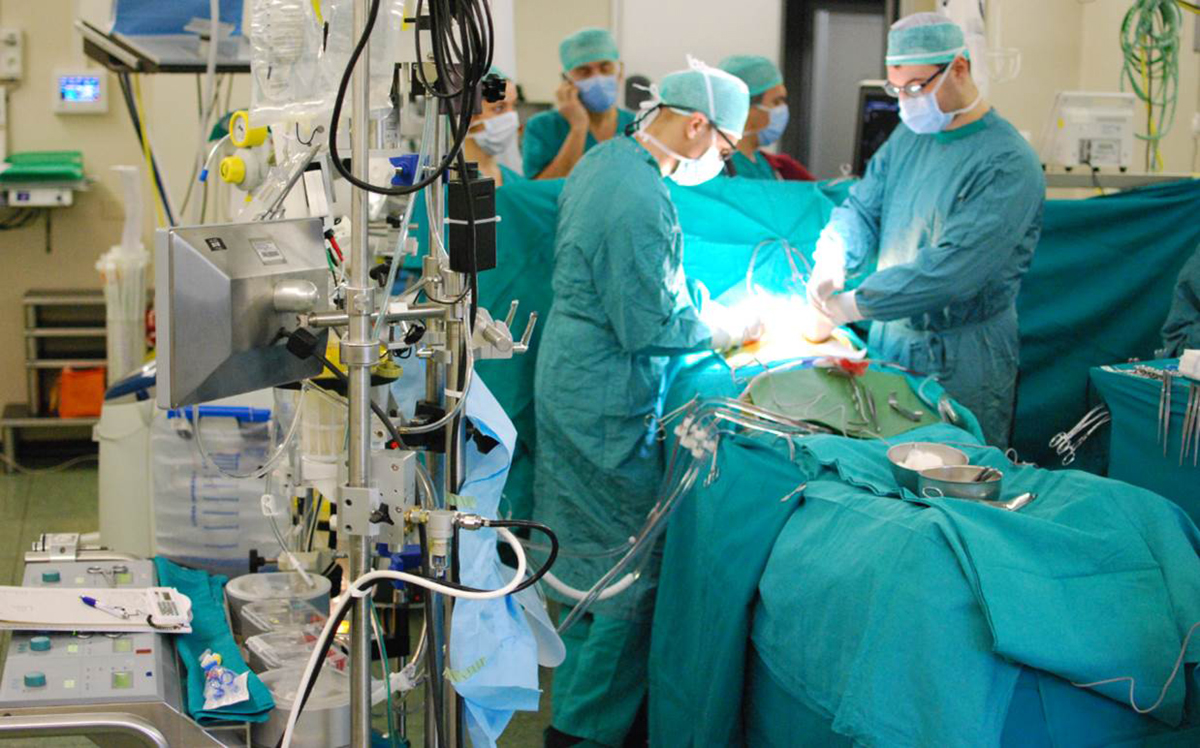
Treatment
Each year, thousands of people diagnosed with tachycardia undergo a surgical procedure to resolve this problem. Treatment that will be most adequate for each patient is determined by consultation with patients and a series of diagnostic tests, that will be led by expert surgeons and heart specialists such as electrophysiologists.
The heart is much like a device regulated by electrical impulses. These impulses tell the chambers of the heart and their valves when to contract and when to relax, thus ensuring that the heart will pump blood adequately and efficiently.
If for some reason, such as heart muscle scarring from previous heart attacks or diseases or inherited heart defects or other, these impulses come in too fast, too slow, irregular, or abnormal in any way, the heart will not work properly.
Electrophysiologists determine which regulating impulses fail and why. Once the accurate diagnosis is established, proper treatment procedures will be recommended to the patient. Depending on the cause and severity of the problem, potential solutions may include nonsurgical procedures such as catheter radiofrequency ablation, oral medications (or intravenous medications in cases of emergency), corrective surgery, and surgery for implantation of medical devices such as pacemakers and defibrillators.
- Between 2002 and 2013, 80 consecutive patients with CHD, mean age of 39 years, underwent intraoperative ablation with monopolar irrigated radiofrequency during cardiac surgery procedures. Significant clinical predictors of arrhythmia recurrence were determined by univariate analysis.
- We performed 47 right-sided Maze procedures, and 33 Cox-Maze III procedures. In 75 survivors, the ablation was effective immediately. Over an average follow-up period of 72 months (12-155 months), arrhythmias recurred in nine (20%) patients after right-sided Maze, and in six (19%) patients after Cox-Maze III. Eleven patients were controlled with medical therapy, three underwent catheter ablation of the arrhythmia, and one required a permanent pacemaker.
- Preoperative arrhythmia length ?3 years (P ? 0.001), tetralogy of Fallot (P ? 0.006), and preoperative atrial fibrillation (P ? 0.016) were associated with recurrence arrhythmia. Conversely, NYHA class
Heart Maze Surgery
Heart maze surgery is a complex procedure and only a few medical centers with top-of-the-line experts can perform it. The heart is purposefully scarred in this procedure, as the surgeon will make multiple cuts in the muscular tissue of the atria, similar to a maze, and then stitch the cuts together. Thus made incisions interfere, block, or cut electrical circuits and pathways that have gone astray and are causing rapid heartbeat.
Sections of atrial tissue that are needed to maintain tachycardia are decreased by this procedure. The success rate of the procedure is high, and those who do not benefit from the surgery alone react to drug therapy much better than before surgery.


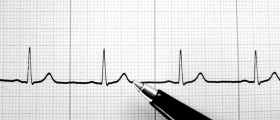
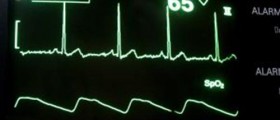





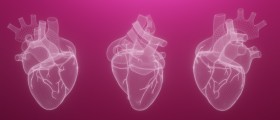
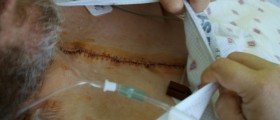

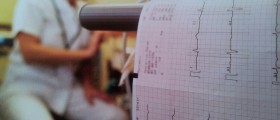



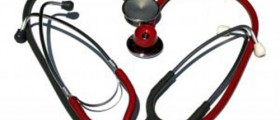
Your thoughts on this
Loading...